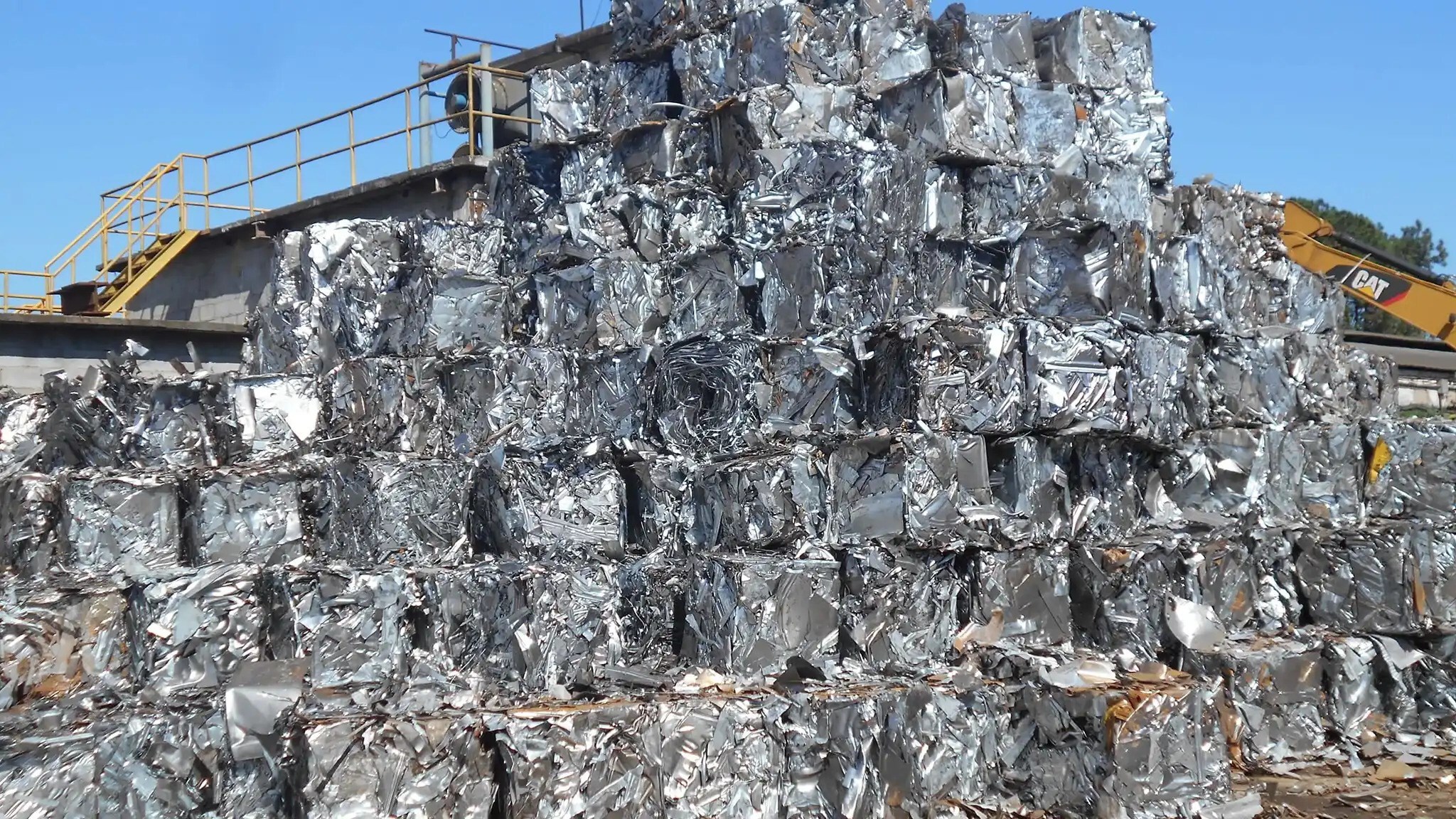

Futures: The most-traded cast aluminium alloy AD2601 futures contract opened at RMB 21,090 per tonne overnight, rose to RMB 21,165 per tonne in early trading, then pulled back, and finally closed at RMB 20,965 per tonne, down slightly by 0.05per cent, showing a fluctuating trend of "retreat after rapid rise". The trading volume was 2,196, and the open interest was 15,059. The current contract is in a consolidation phase within a short-term bullish trend: technically, it remains strong with support from moving averages, but the intraday retreat aftera rapid rise and the low RSI indicate possible short-term fluctuations for correction.

Spot-futures price spread report: According to SMM data, on November 6, the SMM ADC12 spot price had a theoretical premium of RMB 470 per tonne over the closing price of the most-traded cast aluminium alloy futures contract (AD2601) at 10:15.
Aluminium scrap: On Thursday, the spot price of primary aluminium increased from the previous trading day, with the SMM A00 spot price closing at 21,360 per tonne. Aluminium scrap prices followed the rise in aluminium prices. Baled UBC scrap was quoted in the range of RMB 16,000-16,650 per tonne (tax excluded), and shredded aluminium tensile scrap (priced based on aluminium content) was quoted in the range of RMB 17,550-18,050 per tonne (tax excluded). Baled UBC prices held steady, while clean tapping aluminium wire, shredded aluminium tensile scrap (priced based on aluminium content), scrap wheel hub, and mechanical casting aluminium scrap prices increased by RMB 50-100 per tonne WoW. As the spot aluminium price pulled back, aluminium scrap prices in Shanghai, Zhejiang, Jiangsu, and other regions followed with a slight correction.
Silicon metal: (1) Prices: Spot silicon metal prices remained largely stable this week. Yesterday, SMM oxygen-blown #553 silicon in east China was at RMB 9,400-9,500 per tonne, flat WoW, and #441 silicon was at RMB 9,600-9,700 per tonne, also flat WoW. In the futures market, prices fluctuated significantly, falling first and then rising during the week. The SI2601 contract hit a weekly low of RMB 8,835 per tonne and a high of RMB 9,175 per tonne, closing at RMB 9,065 per tonne in yesterday's late session, down RMB 90 per tonne WoW. From suppliers' offers, after a brief decline in futures prices this week, the volume of market orders and transactions increased, but the transaction spot-futures price spread remained weak due to buyer price pressure. Driven by sentiment in coking coal and other factors, futures prices strengthened, with the most-traded contract rising back above RMB 9,000 per tonne yesterday.
Attention is on potential disruptions to polysilicon enterprise operations from policy changes affecting polysilicon demand, as well as future environmental protection requirements in the north impacting supply. (2) Social Inventory: According to SMM statistics, the total social inventory of silicon metal in major regions was 552,000 tonnes November 6, down 6,000 tonnes W-o-W. This included 127,000 tonnes in general social warehouses, up 3,000 tonnes W-o-W, and 425,000 tonnes delivery social warehouses (including unregistered warrants and spot inventory), down 9,000 tonnes WoW. Some goods were transferred from futures-spot warehouses to general warehouses or other locations, with limited arrivals during the week, leading to an overall decline in social inventory MoM. (Excluding Inner Mongolia, Gansu, and other regions)
Overseas market: Overseas ADC12 offers were at USD 2,560–2,590per tonne, while domestic spot prices held steady at RMB 20,500–20,700 per tonne, with the immediate import loss widening to around RMB 300 per tonne. Local ADC12 offers in Thailand (excluding tax) were at 83–84 baht/kg.
Inventory: According to SMM statistics, social inventory of secondary aluminium alloy ingots in mainstream domestic consumption areas totalled 55,800 tonneson November 6, an increase of 1,000 tonnes W-o-W.
Summary: The current tight supply of aluminium scrap persists, coupled with auxiliary materials such as copper continuing to fluctuate at highs, providing cost support that maintains upward momentum for ADC12 prices in the short term. Although demand-side benefits from the resilience of end-use consumption, the rapid surge in aluminium prices at the beginning of the month has triggered fear of high prices among downstream enterprises, leading to a decline in market trading activity. In the short term, ADC12 prices are expected to hold up well, with close attention to the extent of improvement in aluminium scrap supply, the implementation effects of policies, and changes in the procurement pace of downstream enterprises.
Note: This article has been issued by SMM and has been published by AL Circle with its original information without any modifications or edits to the core subject/data.
Responses








